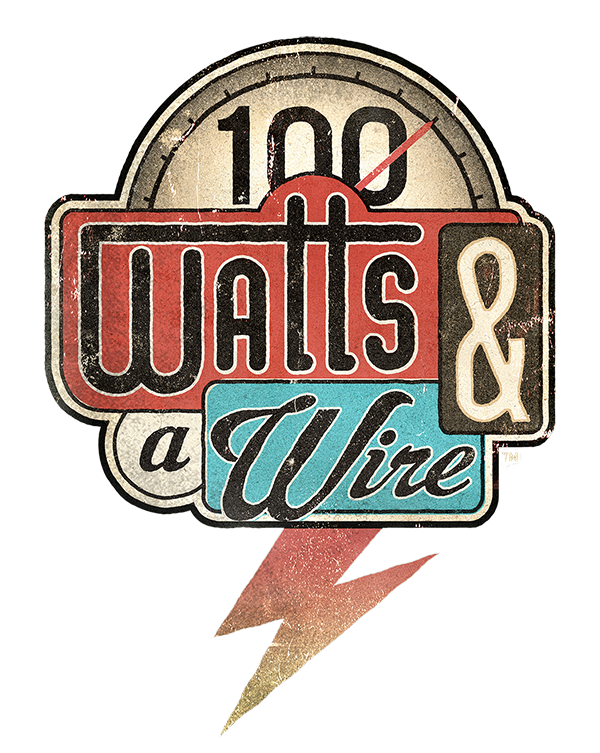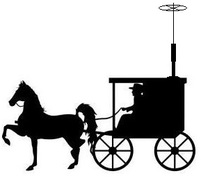- The United States
- The Czech Republic
- Germany
- Ireland
- Spain
the start of the visit
The middle of the visit
|
Affiliate Link
Affiliate Link
|
The other tidbits are a West Mountain Radio Isopwr, which is basically a fancy diode/switch unit that allows these auxiliary batteries to be connected to the main car battery while the car is running, but isolates the batteries when the car isn't running, so that the radio's don't drain the main battery. I also had a West Mountain Radio RigRunner that I used to distribute the DC power.
|


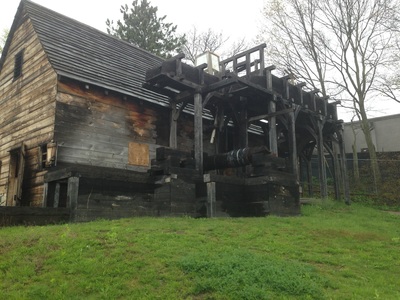
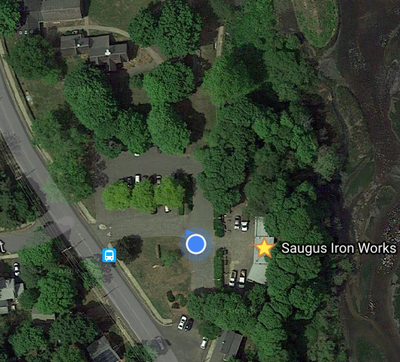

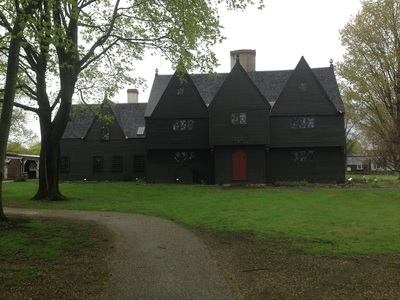
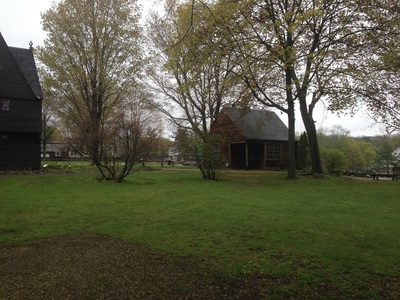

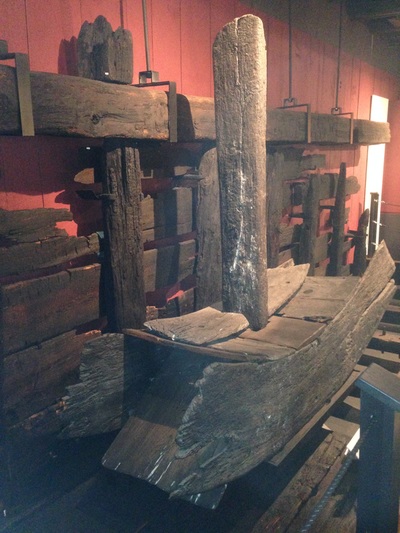
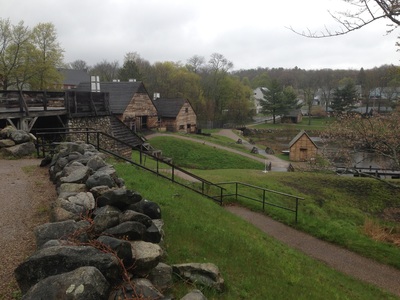
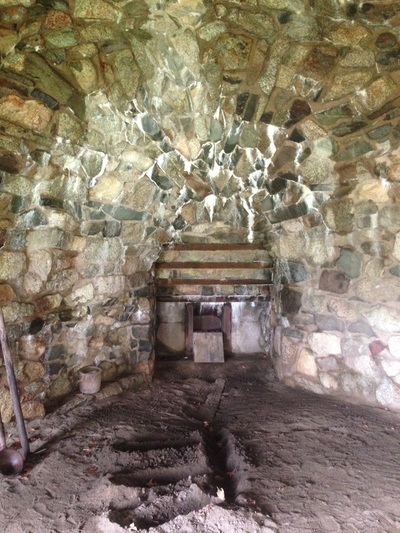
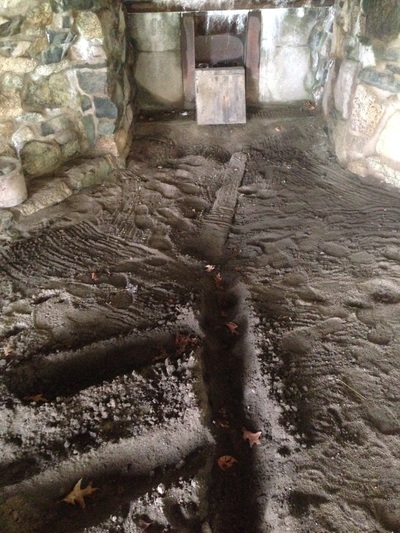

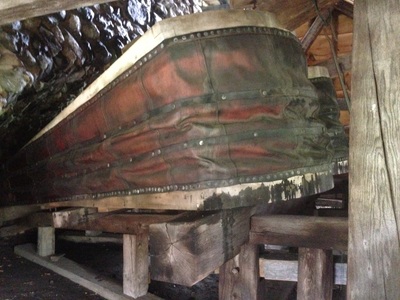



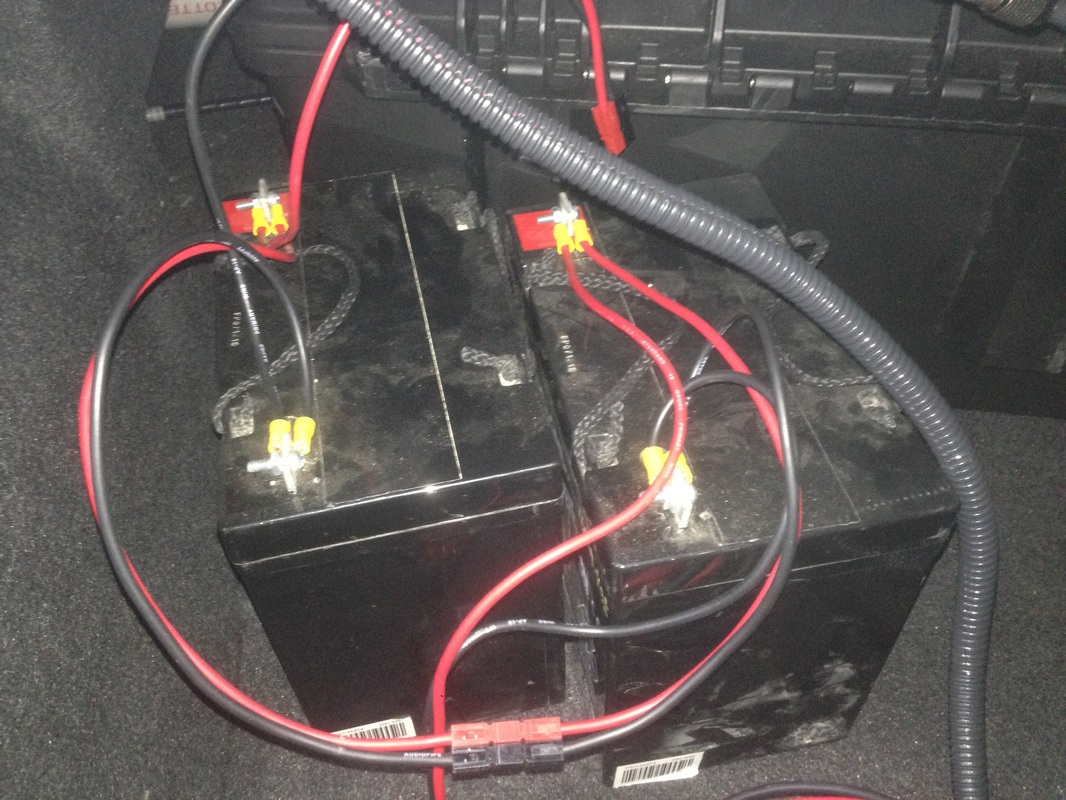
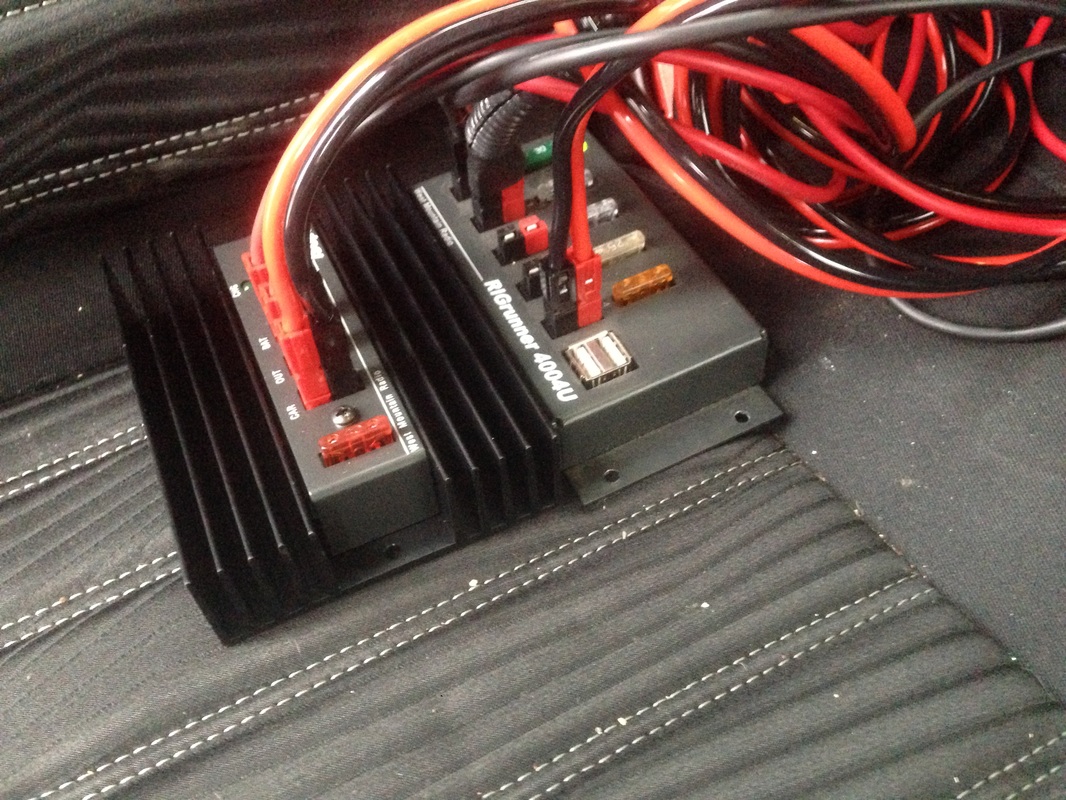
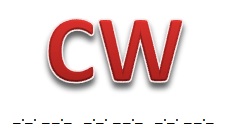
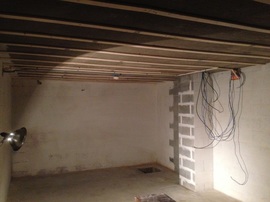
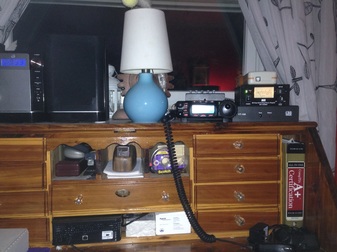
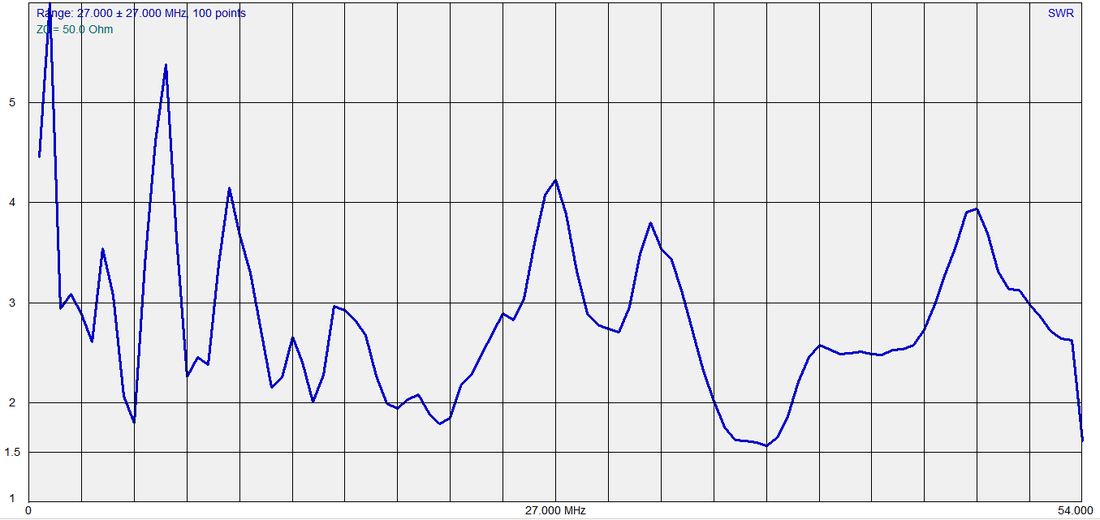
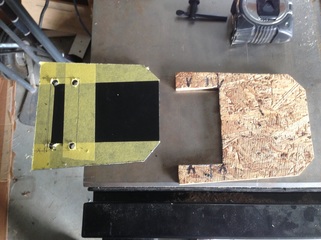
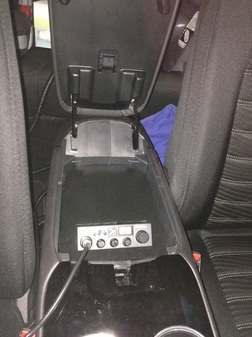

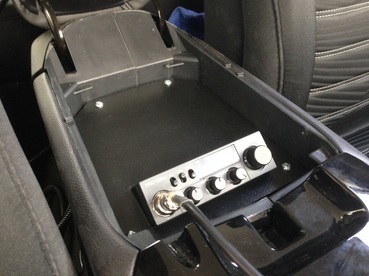

 RSS Feed
RSS Feed


